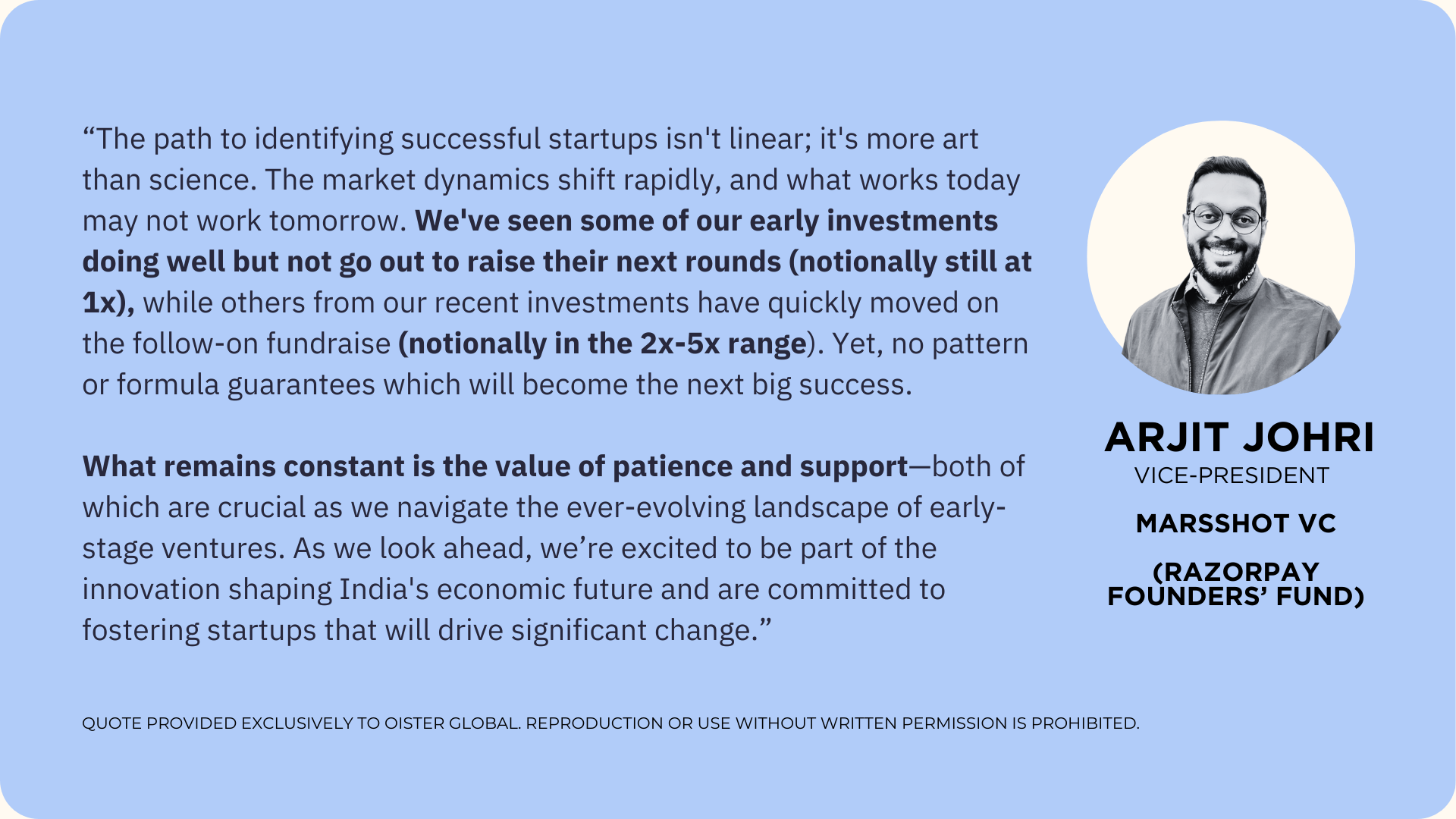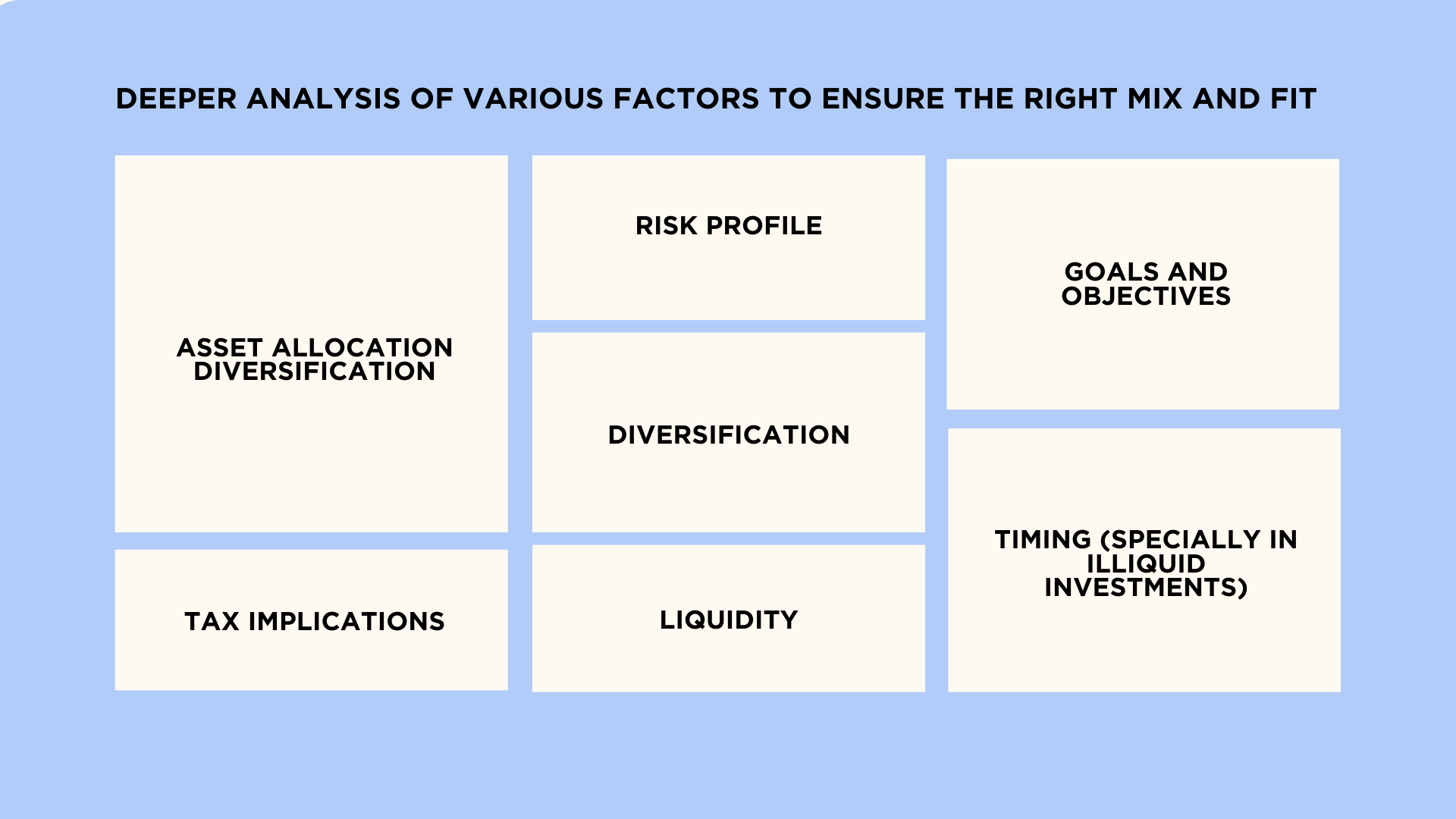

Picture a person of quiet authority. Dressed in a bespoke suit, the fabric crisp and impeccably tailored, they sit behind a massive oak desk – eyes scanning the financial reports strewn across its surface. In the heart of a bustling metropolis, in a glass-and-steel skyscraper dominating the skyline, their office was home to fine art, leather-bound books, and a panoramic view of the city below. Their days were filled with meetings, negotiations, and endless analysis of financial data. They were a strategist, a dealmaker, a master of calculating the risks and rewards of every decision.
For the longest time, this is what we thought wealth looks like.
When terms like High Net-worth Individuals (HNIs) were used, our minds concocted a picture not far off from this imagery.
But times have changed drastically.
Investment patterns too.
Today, your friendly neighbourhood HNI can look like a young entrepreneur working out of his home office in Gurugram, his wall adorned with a massive video game collection. An HNI could look like a homemaker in Jaipur with a sprawling jewellery business, exclusively exporting to US clients. An HNI could be an old army retired couple living in a 2 bedroom bungalow in Dehradun, with a portfolio of strategic investments in stocks, mutual funds, real estate, and private markets.
Today, a private market investor need not dress, act, or invest a certain way to look the part.
Today, investment patterns and stories are becoming as diverse as the very people who invest.
One such story belongs to Sandeepa Vig, Chief Business Officer – International, Oister – back when she was an alternative asset investing ingenue:
“I started my journey of investing with short-term trading in public markets. As I delved deeper into the study of trading and investing, I soon realized the power of long-term investing – more importantly, making your money work hard for you rather than the other way around. Not only does short-term investing need tremendous effort with active monitoring on a day-to-day basis, but most short-term investments are not tax efficient, making it a double whammy. To top it off, one has to keep finding good ideas continuously.
After having beginner’s luck with some trading gains in the big tech bull run of ‘98, I realized I should take some risk off the table and diversify away from public market euphoria. A contrarian by nature, I sought deep value in my next investment. The only two alternate assets then were real estate and gold (fortunately, a lot has changed since then in the asset class). Since liquidity was not a constraint as I was earning a decent salary, I delved deeper into the real estate space. I realized that the real estate sector in India then was in a protracted bear market, and after some study, it made sense to buy a property in such a market that would diversify risk and provide some hedge against inflation in the long run.
And so came the year 1999, and I was the proud owner of a 2-bedroom sea-facing apartment in a prime location in Bandra (Bandstand), Mumbai – even though it meant I had to stretch outside my comfort zone and my budget.
The reason for the stretch, you might ask? Similar to public markets, cheap stocks that seemingly have the best value are not necessarily the best investments in the long run if they don’t have a good growth potential in the business. Similarly, location and timing are key in real estate investing and an investor must find the right fit after a deep analysis.
Fast forward to the year 2007-2008 – this investment is now worth ~10x which translates to ~26% compounded return over 8-9 years! That was the first time I experienced the true power of 1) diversification to alternative assets and 2) long-term compounding, and since then I have been a deep believer in both, in order to create generational wealth that withstands the vicissitudes of time.
Did I have to check the value of this investment periodically? No
Did I have to work hard every day to make this investment grow? No
Was the initial time taken to do the analysis and then do a long search for the right apartment worth it? A resounding YES!

If an investment takes 10 years to grow to 10x, how much time would it take for it to be 100x? The answer is – another 10 years! That is the true power of long-term compounding investment especially in an alternative illiquid asset class. If it continues to compound at the same rate, imagine what could happen after another 10 years? If you mull over this for some more time, the true power of compounding starts to truly sink in.
The problem is that most investors don’t think about how much that money compounds if held for a long period of time. The lure of instant gratification kicks in. But the numbers don’t lie.
Does that mean, all long-term investing is good and all short-term investing is bad? The answer always lies in a deeper analysis of various factors to ensure the right mix and fit. Those factors could be:

Looking back at my investment, this seems too good to be true. This may well have gone in a completely different direction as it has in a few of my investments that didn’t do so well. That is the power of hindsight – it gives you a 20/20 vision.
Back in 1999, I took profits off the table. But when the tech bubble burst in 2000 and some of my equity investments saw deep drawdowns, I was grateful that not only did I take the profits off the table but diversified into an alternative asset class that was not correlated with public markets and that gave stability to the overall portfolio.”
With the advent of many more sophisticated alternative assets, and the wealth creation taking place in the venture capital and private equity ecosystem, Indian HNIs today have greater opportunities to create a well-diversified portfolio and let their money work for them.

So where’s the holdup?
As Kunal Bahl (Co-Founder – Snapdeal, Titan Capital), penned in a recent article for The Economic Times, the Indian PE-VC ecosystem has witnessed a remarkable influx of capital, exceeding $100 billion in the span of 2019-23. However, this success is overshadowed by the low participation of domestic capital, constituting less than 15% of the total investments in 2023. This over-reliance on foreign capital is a concern for letting go of what can be a fantastic opportunity for our domestic investors. Domestic capital offers greater stability, rooted in deeper local understanding and a longer-term commitment. Encouragingly, recent years have witnessed a surge in domestic investor participation, including Indian HNIs, family offices, and public-market investors, in funding rounds, pre-IPO secondary markets, and IPOs of Indian startups. Nevertheless, there is ample room for further growth in domestic capital participation to strengthen the resilience and sustainability of the Indian startup ecosystem. This can only be achieved by nurturing the long-term vision and harnessing all avenues of investing to see wealth grow with time, in time.
As Charlie Munger famously said,
“Waiting helps you as an investor and a lot of people just can’t stand to wait. If you didn’t get the deferred-gratification gene, you’ve got to work very hard to overcome that.”
TERMS OF USE
Thank you for your interest in our Website at https://unlistedintel.com/. Your use of this Website, including the content, materials and information available on or through this Website (together, the “Materials”), is governed by these Terms of Use (these “Terms”). By using this Website, you acknowledge that you have read and agree to these Terms.
NO OFFER, SOLICITATION OR ADVICE
Our site is provided for informational purposes only. It does not constitute to constitute (i) an offer, or solicitation of an offer, to
purchase or sell any security, other assets, or service, (ii) investment, legal, business, or tax advice, or an offer to provide such advice or (iii) a basis for making any investment decision.
The Materials are provided for informational purposes and have been prepared by Oister Global for informational purposes to acquaint existing and prospective underlying funds, entrepreneurs, and other company founders with Oister Global's recent and historical investment activities.
Please note that any investments or portfolio companies referenced in the Materials are illustrative and do not reflect the performance of any Oister Global fund as a whole. There is no obligation for Oister Global to update or alter any forward-looking statements, whether as a result of new information, future events, or otherwise.
PURPOSE LIMITATION AND ACCESS TO YOUR PERSONAL DATA:
We will only collect your personal data in a fair, lawful, and transparent manner. We will keep your personal data accurate and up to date. We will process your personal data in line with your legal rights. We use your name and contact details, such as email, postal address, and contact number to continue communications with you. We may also use your contact information to invite you to events we are hosting or to keep you updated with our news.
USE OF COOKIES OR SIMILAR DEVICES
We use cookies on our website. This helps us to provide you with a better experience when you browse our website and also allows us to make improvements to our site. You may be able to change the preferences on your browser or device to prevent or limit your device’s acceptance of cookies, but this may prevent you from taking advantage of some of our features.
MATERIAL
The material displayed on our site is provided “as is”, without any guarantees, conditions, or warranties as to its accuracy, completeness, or reliability. You should be aware that a significant portion of the Materials includes or consists of information that has been provided by third parties and has not been validated or verified by us. In connection with our investment activities, we often become subject to a variety of confidentiality obligations to funds, investors, portfolio companies, and other third parties. Any statements we make may be affected by those confidentiality obligations, with the result that we may be prohibited from making full disclosures.
MISCELLANEOUS
This Website is operated and controlled by Oister Global in India. We may change the content on our site at any time. If the need arises, we may suspend access to our site, or close it indefinitely. We are under no obligation to update any material on our site.
CONTACT INFORMATION
Any questions, concerns or complaints regarding these Terms should be sent to info@oisterglobal.com